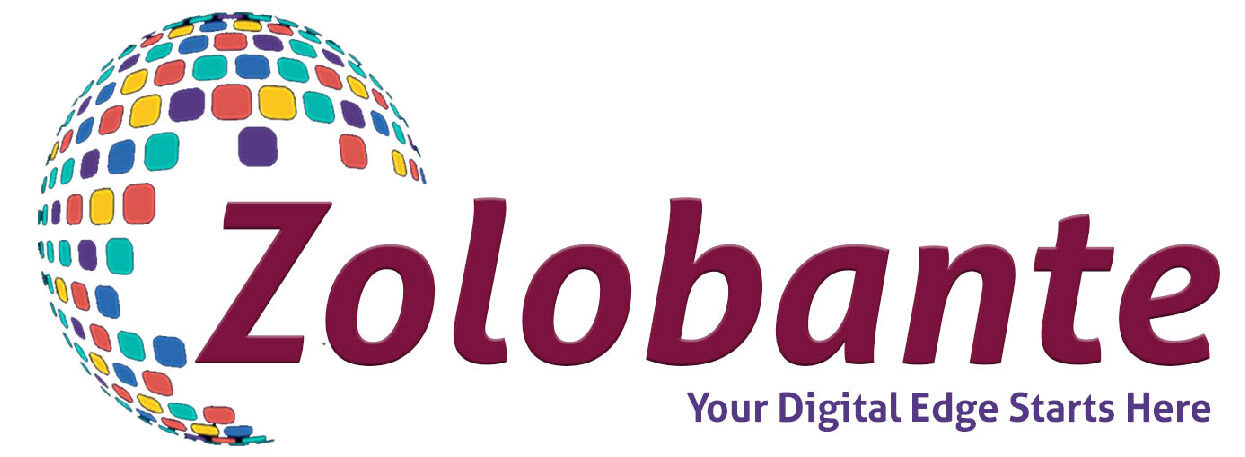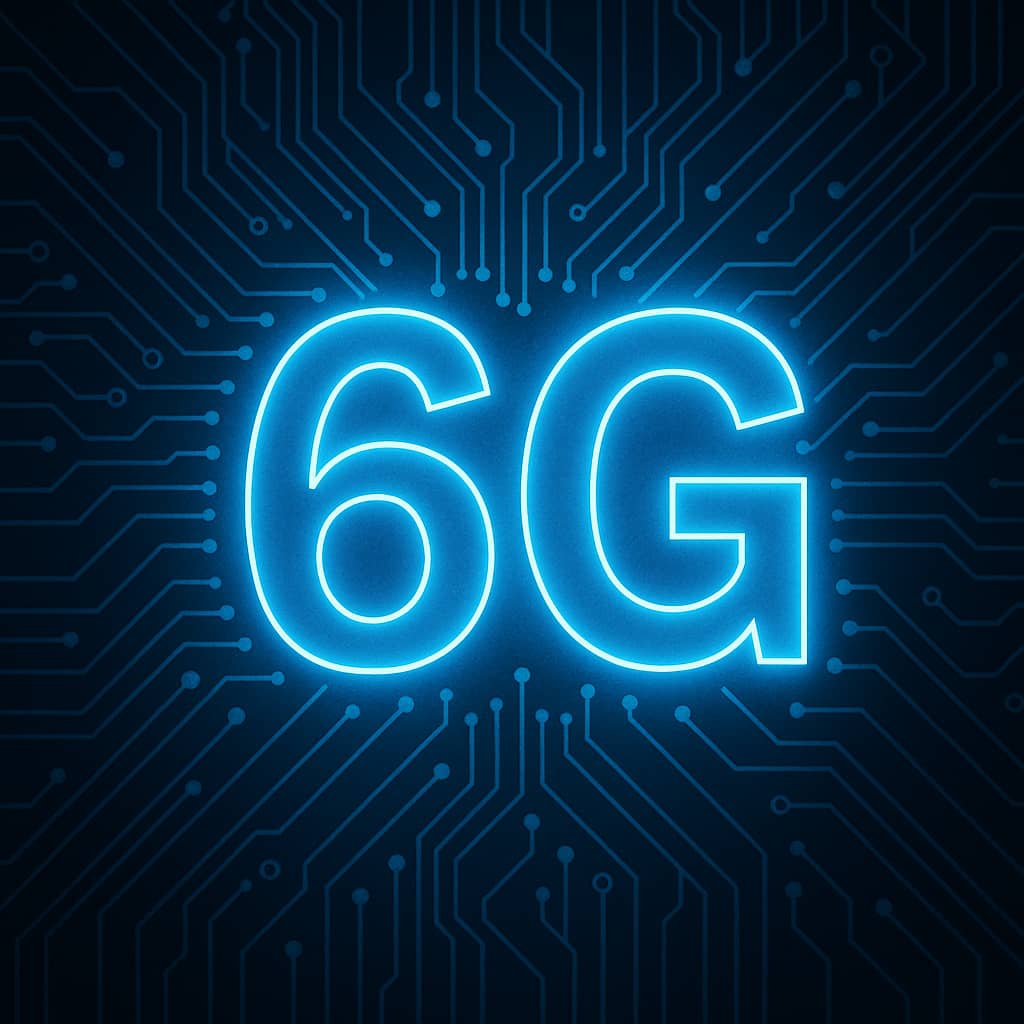The Dawn of 6G Technology: The Future of Hyper-Connectivity
As the world continues to embrace the benefits of 5G, the tech industry is already looking ahead to the next frontier—6G technology. While still in the research and development phase, 6G promises to redefine digital interaction and connectivity by 2030, introducing capabilities far beyond what current networks can achieve.
What is 6G Network?
6G is the sixth generation of wireless technology, poised to succeed 5G. It aims to deliver:
Peak data rates of up to 1 Tbps (terabit per second),
Ultra-low latency of less than 0.1 milliseconds,
Massive device connectivity, and
Integrated AI to optimize network performance in real time.
Unlike previous generations that focused mainly on improving speed and capacity, 6G aspires to support intelligent, immersive, and automated experiences across every industry.
Key Features of 6G Network
1. Real-Time Holographic Communication
With extremely high bandwidth and low latency, 6G will enable seamless 3D holograms and real-time telepresence—ideal for remote meetings, medical procedures, and education.
2. AI-Native Networks
6G networks will embed Artificial Intelligence at the core, enabling autonomous management, fault detection, and user-specific optimizations without human intervention.
3. Terahertz Frequency Bands
6G will use terahertz (THz) waves—extremely high frequencies (0.1–10 THz)—to achieve ultra-fast transmission speeds, though this also presents challenges in signal range and penetration.
4. Universal Connectivity
With satellite integration and high-altitude platforms, 6G aims to eliminate digital deserts by offering high-speed internet to remote and underserved regions.
5. Sustainable and Energy-Efficient
By optimizing network usage and reducing redundancy, 6G aims to be greener than its predecessors, aligning with global sustainability goals.
Applications of 6G
Smart Cities: Real-time traffic control, AI-powered surveillance, and energy-efficient infrastructure.
Healthcare: Remote surgeries using robotic systems with haptic feedback and AI diagnostics.
Industry 5.0: Human-robot collaboration in fully automated smart factories.
Augmented Reality (AR) & Virtual Reality (VR): High-fidelity AR/VR for training, gaming, and immersive experiences.
Space Communication: Enhanced satellite-to-ground communication for exploration and global connectivity.
Challenges and Considerations
Despite its promise, 6G faces several hurdles:
High infrastructure costs due to advanced hardware requirements.
Health and safety concerns over terahertz radiation.
Global standardization must be coordinated among nations and tech firms.
Cybersecurity threats, as more devices and data streams mean broader attack surfaces.
Global Development and Timeline
Countries like China, the United States, South Korea, Japan, and members of the EU are investing billions in 6G research. Major tech giants—such as Samsung, Nokia, Huawei, and Ericsson—are leading development efforts. Commercial deployment is expected to begin around 2030, though test networks and standards may emerge earlier.
Conclusion
6G is more than just the next step in wireless communication—it is the foundation for a fully digital and intelligent future. From enabling self-aware AI systems to bridging the digital divide, 6G has the potential to transform every aspect of human life. As we anticipate its arrival, preparing the technological, ethical, and infrastructural groundwork will be crucial to realizing its promise.




